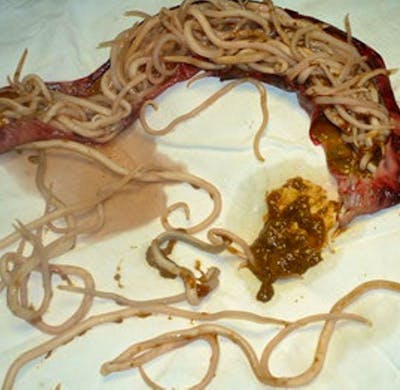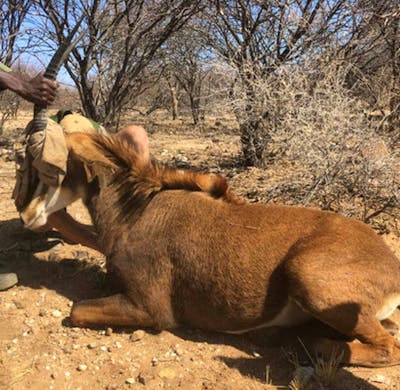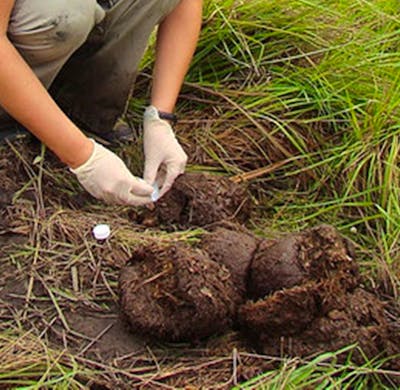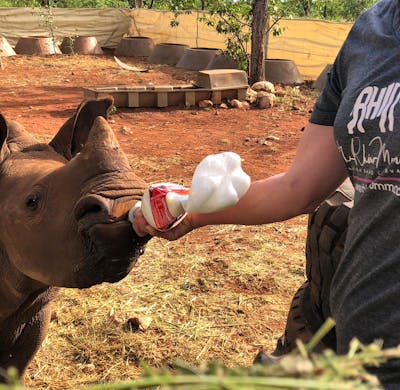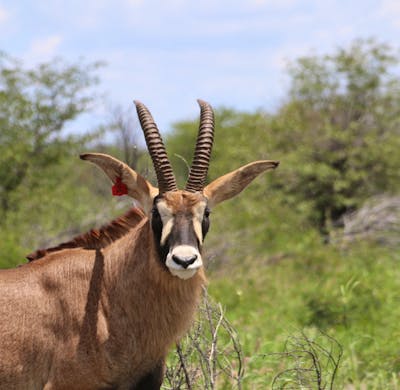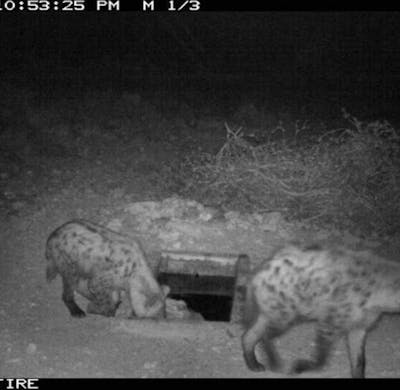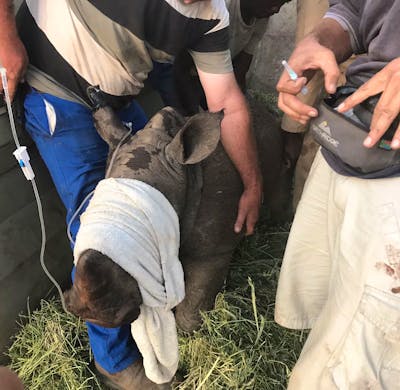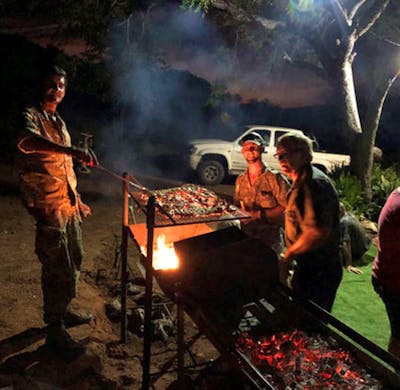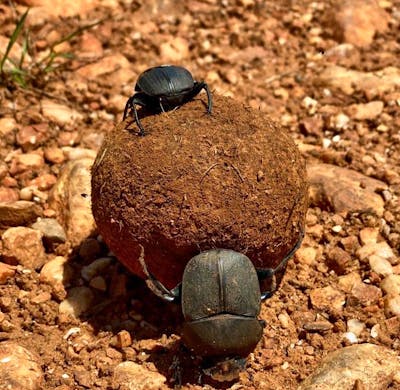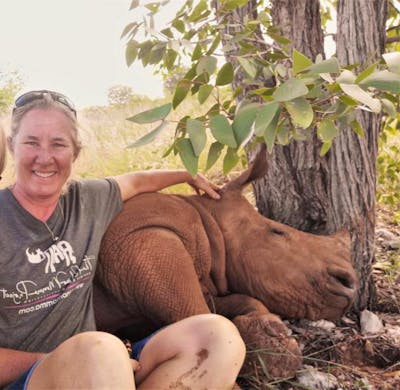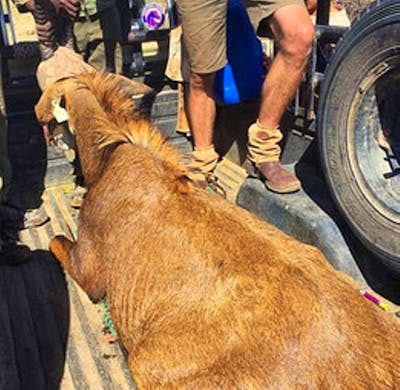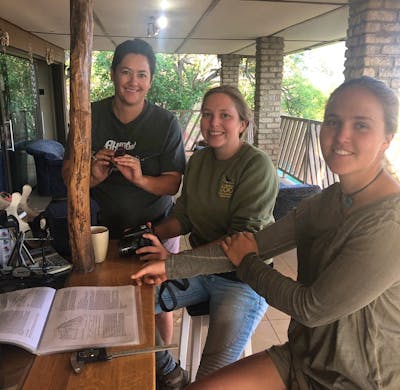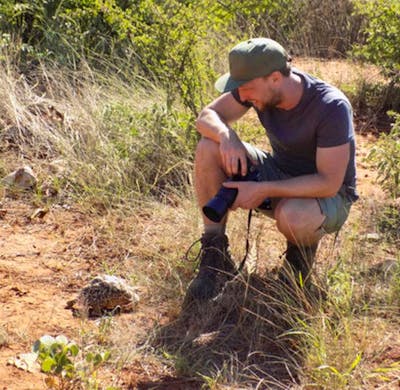Wildlife Conservation Research Internship

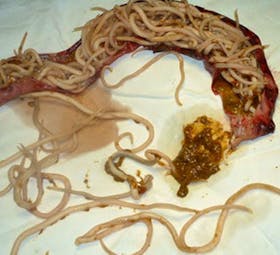
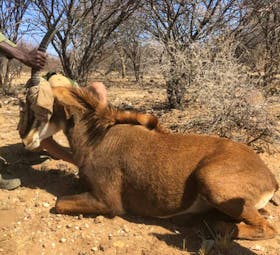
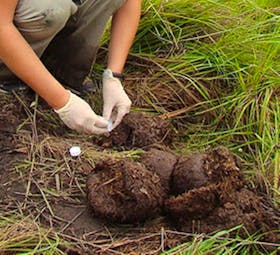
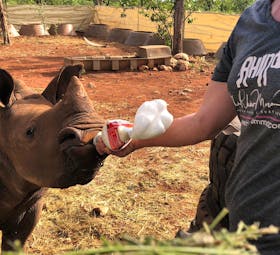
Especialmente adequado para
Sobre o programa
Wildlife Conservation research Internship, research on various topics or pick your own research topic
COME EXPERIENCE AFRICA AT ITS BEST, WHILE YOUR CONTRIBUTION WILL HELP WITH NAMIBIA'S RHINO CONSERVATION..
Muller Stud is a private game reserve, 32 427 acres, located close to the World-renowned Etosha National Park, Namibia, aiming to convert old cattle farmland to a game reserve, ...
Dia típico
Our typical day starts at 07:00 - 17:00 but it all depends on the daily planning and can change. We have a 2 hr lunch break. Time is given for your research project and you will also be involved in other daily tasks on the farm where needed.
Actividades em tempo livre
ETOSHA NATIONAL PARK
Etosha National Park is considered as one of of the best game viewing locations in the world. "Etosha" means in Oshivambo "Great White Place" obviously derived from the vast salt pan that constitutes a large portion of the Park's surface area.
The Etosha National Park is one of ...
Requisitos
Serviços incluídos
O que NÃO está incluído?
Detalhes à chegada
All year. Transfers from Outjo to the farm is early morning, before 08:00 am, we advise that you stay over in Outjo the night before, contact details for backpackers/accommodation will be given.
Preços do programa
Conheça seu anfitrião
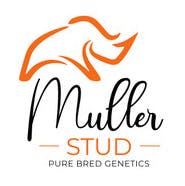
Muller Stud Namibia
Agência - fundada em 2014
Verificado por Volunteer World
Hospedado por

Amber-Lee
Sobre o projecto
11 revisões ·  4.9
4.9
Localização

Pode também estar interessado em
-
Estágio Veterinário
Cães Selvagens Africanos
exterior
Conservação do Leopardo
Conservação do Rinoceronte
Projectos no estrangeiro
Grupo
Animais na África
Casais
Viagens Solidárias

